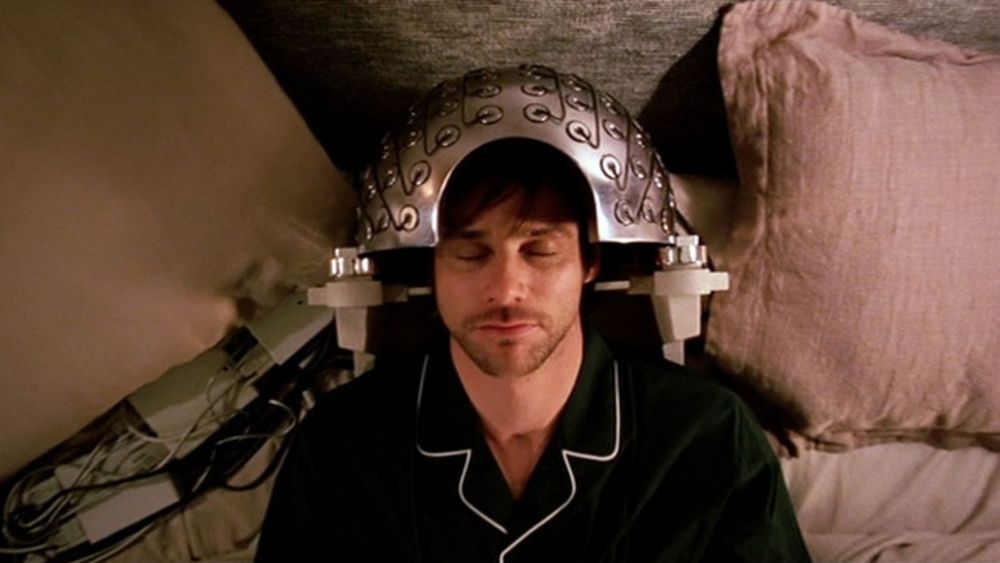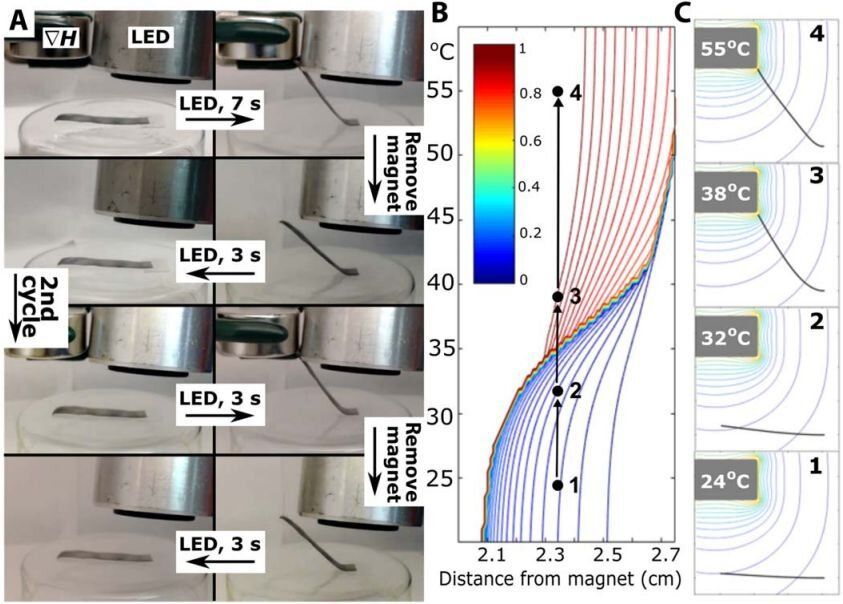What have we learned from fifty years of “software crisis”?
Actually probe expensive gear in real life? Pah. It’s 2019. We’re Boeing digital.


The US Army will field 50 kilowatt (kW)-class lasers on a platoon of four Stryker vehicles in 2022. They will support the Maneuver-Short Range Air Defense (M-SHORAD) mission. The directed energy M-SHORAD capability is intended to protect maneuvering Brigade Combat Teams from unmanned aerial systems (UAS), rotary-wing aircraft, and rockets, artillery and mortar (RAM).

The major forces shaping equity markets — regulation and technology — are to blame. In the past decade, trillions of dollars moved from active to passive strategies such as index funds, while quants and high-speed firms have taken over more volumes in daily trading.
‘Algo wheels’ and the rise of the machines: How stock trading became Wall Street’s winner-take-all battleground.


Get your Eternal Sunshine of the Spotless Mind references ready, because scientists have just figured out a way to erase bad memories using—you guessed it—electroshock therapy. Get ready for on-demand forgetting. It’s a real thing now.
A team of Dutch neuroscientists recently devised an electroconvulsive therapy (ECT) to “target and disrupt patients’ memory of a disturbing episode.” Nature explains how patients were showed two traumatic narratives in a slideshow and then subjected to the new technique:
The team later prompted patients to recall only one of the stories by replaying part of that slide show. Immediately afterwards, when the reactivated memory is thought to be vulnerable, the patients received electroconvulsive therapy.
One day later, when given a multiple-choice memory test, patients were significantly worse at remembering details from the reactivated story, performing near chance. Patients’ memory of the other story, however, remained largely unscathed.


Imagine trying to film an event that was over and done within a mere 125 trillionths of a second. It’s something that molecular physicists have long been dreaming of, and at last it seems they’ve achieved their goal.
Using precisely tuned pulses of laser light, an international team of scientists from four different institutions has managed to film the ultrafast rotation of a molecule.
“We recorded a high-resolution molecular movie of the ultrafast rotation of carbonyl sulphide as a pilot project,” said molecular physicist Evangelos Karamatskos from DESY, Germany’s largest accelerator centre.

When you pop a tray of water into the freezer, you get ice cubes. Now, researchers from the University of Colorado Boulder and the University of Toronto have achieved a similar transition using clouds of ultracold atoms.
In a study that will appear August 2 in the journal Science Advances, the team discovered that it could nudge these quantum materials to undergo transitions between “dynamical phases”—essentially, jumping between two states in which the atoms behave in completely different ways.
“This happens abruptly, and it resembles the phase transitions we see in systems like water becoming ice,” said study co-author Ana Maria Rey. “But unlike that tray of ice cubes in the freezer, these phases don’t exist in equilibrium. Instead, atoms are constantly shifting and evolving over time.”

Quantum sensors based on nitrogen-vacancy (NV) centers in diamond are a promising detection mode for nuclear magnetic resonance spectroscopy due to their micron-scale detection volume and noninductive-based sample detection requirements. A challenge that exists is to sufficiently realize high spectral resolution coupled with concentration sensitivity for multidimensional NMR analysis of picolitre sample volumes. In a new report now on Science Advances, Janis Smits and an interdisciplinary research team in the departments of High Technology Materials, Physics and Astronomy in the U.S. and Latvia addressed the challenge by spatially separating the polarization and detection phases of the experiment in a microfluidic platform.
They realized a spectral resolution of 0.65±0.05 Hz, an order-of-magnitude improvement compared with previous diamond NMR studies. Using the platform, they performed 2-D correlation spectroscopy of liquid analytes with an effective detection volume of ~40 picoliters. The research team used diamond quantum sensors as in-line microfluidic NMR detectors in a major step forward for applications in mass-limited chemical analysis and single-cell biology.
Nuclear magnetic resonance (NMR) spectroscopy is a powerful and well-established technique for compositional, structural and functional analysis in a variety of scientific disciplines. In conventional NMR spectrometry the signal-to-noise ratio (SNR) is strongly dependent on the external field strength (B0). As the spectral resolution increased, the B0 increased as well, motivating the development of increasingly large and expensive superconducting magnets for improved resolution and SNR, resulting in a two-fold increase in field strength within the past 25 years.

Researchers from North Carolina State University and Elon University have developed a technique that allows them to remotely control the movement of soft robots, lock them into position for as long as needed and later reconfigure the robots into new shapes. The technique relies on light and magnetic fields.
“We’re particularly excited about the reconfigurability,” says Joe Tracy, a professor of materials science and engineering at NC State and corresponding author of a paper on the work. “By engineering the properties of the material, we can control the soft robot’s movement remotely; we can get it to hold a given shape; we can then return the robot to its original shape or further modify its movement; and we can do this repeatedly. All of those things are valuable, in terms of this technology’s utility in biomedical or aerospace applications.”
For this work, the researchers used soft robots made of a polymer embedded with magnetic iron microparticles. Under normal conditions, the material is relatively stiff and holds its shape. However, researchers can heat up the material using light from a light-emitting diode (LED), which makes the polymer pliable. Once pliable, researchers demonstrated that they could control the shape of the robot remotely by applying a magnetic field. After forming the desired shape, researchers could remove the LED light, allowing the robot to resume its original stiffness—effectively locking the shape in place.